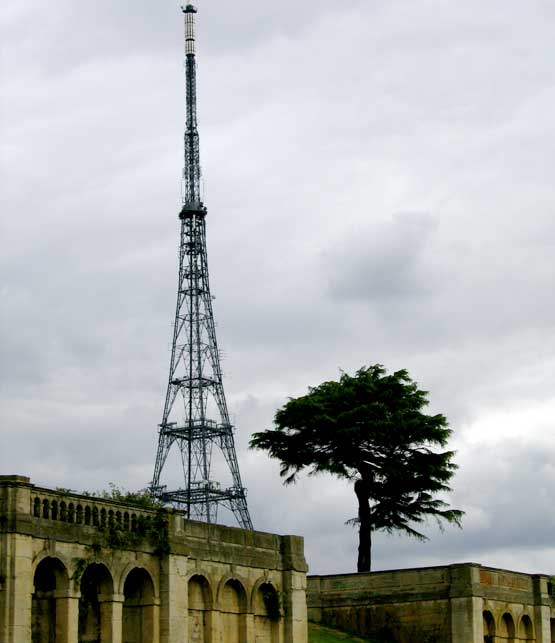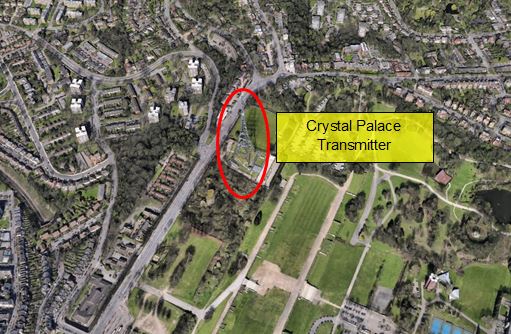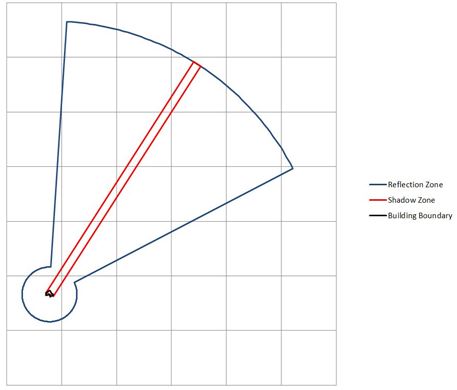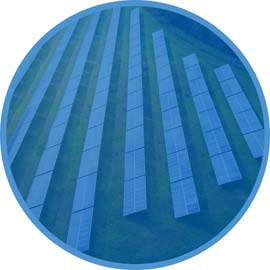Introduction
Pager Power was engaged by a building developer to manage the television and wireless communication considerations for a proposed building development in north London, UK. This related predominantly to potential disruption to terrestrial television services for residents and potential interference to microwave links operated by private companies.
Background
The development comprised a 200 unit residential scheme within an urban area in north London. Large physical structures such as buildings can affect electromagnetic signals in their vicinity. This can have effects on:
- Terrestrial television services.
- Satellite television services.
- Wireless communication links – which support mobile phone networks and other infrastructure.
Terrestrial television services in the area were provided by the Crystal Palace television transmitter. This is shown in Figure 2[1].
The Challenge
The objectives of the study were:
- Identify all potentially affected infrastructure / services.
- Model the potential interference.
- Quantify the potential impacts and review them against appropriate guidance.
Building developers are typically responsible for prevention / mitigation of any adverse impacts resulting from the project’s construction. In the case of television services and wireless communication services, it is common for a planning condition to address concerns. Typically such conditions stipulate technical assessments and/or provision of solutions to any predicted impacts.
In the case of this development, the council specifically raised television reception as a concern and requested a report to confirm any impact pre-determination.
Pager Power’s role was to comprehensively assess potential impacts on wireless electromagnetic services caused by the development. The purpose was to ensure any required mitigation steps were taken and provide a robust technical case for the development.
The Process
Television Services
The following steps were taken:
- Desk-based review of terrestrial transmitter(s) serving the area.
- Modelling of the interference zones for terrestrial and satellite television services in accordance with the most appropriate guidance. Specifically this included:
- Diffraction zones for terrestrial and satellite services.
- Reflection zones for terrestrial services.
- Establishment of potentially affected areas.
- Site visit in order to:
- Confirm which transmitter(s) provide coverage in the area.
- Observe areas that appear reliant on satellite services.
- Record the baseline reception quality of terrestrial services using a custom survey vehicle, a digital aerial elevated to 10 metres above ground and a high definition signal analyser.
- Final conclusions and identification of mitigation options to be employed if an impact was to occur.
Wireless Communication Links
The following steps were taken:
- Consultation with the link operators to identify infrastructure that is currently operating in the vicinity of the development.
- Modelling of exclusion zones for the identified links in accordance with the relevant guidance.
- Site survey to record the antenna positions with a mobile GPS unit. This maximises the accuracy of the assessment.
- Final conclusions confirming no predicted impacts.
Figure 3 illustrates the television interference zones associated with the development.
The Solution
Each objective of the study was dealt with in turn, and the predicted levels of impact were evaluated.
It was demonstrated that:
- Impacts on wireless communication services were not predicted.
- Impacts on television services would be minimal at worst.
- Mitigation options would be available if impacts were to occur.
The results of the assessment were made available to the developer and to the planning authority.
The Result
Pager Power’s analysis was submitted to the council in order to address their concerns regarding television reception and related impacts.
The development was consented in 2016.
https://commons.wikimedia.org/wiki/File:Crystal_Palace_Transmitter_4887933298.jpg
[1] Source: Google, Landsat, Copernicus (2017)

Figure 1: Crystal Palace Transmitter

Figure 2: Location of Crystal Palace television transmitter

Figure 3: Television interference chart
How can we help you today?



THE SECTORS WE SERVE




